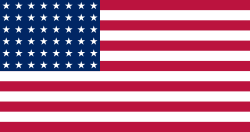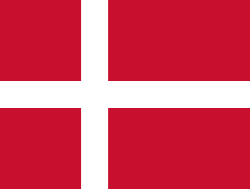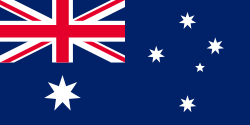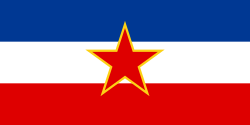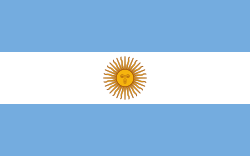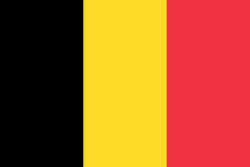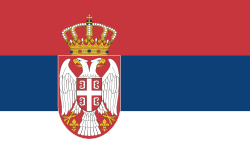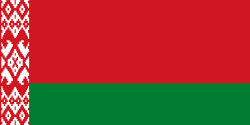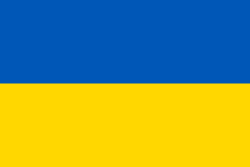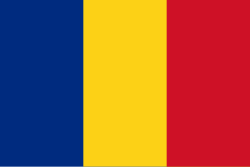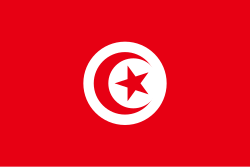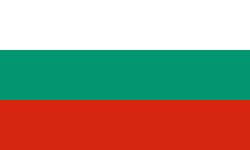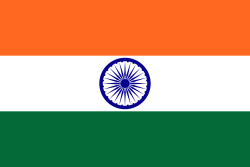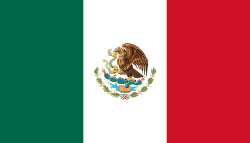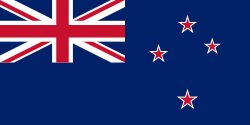WTA Rom
| WTA Tour | |
|---|---|
| Austragungsort | Rom |
| Erste Austragung | 1930 |
| Kategorie | WTA 1000 |
| Turnierart | Freiplatzturnier |
| Spieloberfläche | Sand |
| Auslosung | 96E/48Q/32D |
| Preisgeld | 6.009.593 € |
| Center Court | 10.400 Zuschauer |
| Website | Offizielle Website |
| Stand: 18. Mai 2025 | |
Das WTA Rom (offiziell: Internazionali BNL d’Italia) ist eines der traditionsreichsten Tennisturniere der WTA Tour, das in der italienischen Hauptstadt Rom ausgetragen wird. Seit 2009 gehört das Turnier zur Kategorie Premier 5. BNL steht für den Sponsor Banca Nazionale del Lavoro, einer italienischen Bank, heute ein Tochterunternehmen der BNP Paribas. Zur Geschichte siehe Rom Masters.
Die altehrwürdige Anlage des Foro Italico in Rom soll nach der Auflage 2026, die vom 12. bis 24. Mai 2026 stattfinden soll, für 60 Millionen Euro renoviert werden, der Center Court soll um 2000 Plätze erweitert werden und ein fahrbares Dach erhalten.
Siegerliste

Einzel
Doppel
Auszeichnungen
In den Jahren 2016 und 2017 wurde das Turnier von den Spielerinnen zum beliebtesten Turnier der Kategorie Premier 5 auf der WTA Tour gewählt.[1]
Einzelnachweise
- ↑ Indian Wells, Rome, Stuttgart and Acapulco win tournament awards. In: wtatennis.com. 5. Dezember 2017, abgerufen am 5. Dezember 2017 (englisch).
Auf dieser Seite verwendete Medien
Pictograms of Olympic sports - Tennis. This is unofficial sample picture. Images of official Olympic pictograms for 1948 Summer Olympics and all Summer Olympics since 1964 can be found in corresponding Official Reports.
Flagge des Königreich Italiens (1861-1946) In einem staatlichem oder militärischem Kontext ist die Version mit der Krone zu verwenden.
Flagge des Königreich Italiens (1861-1946) In einem staatlichem oder militärischem Kontext ist die Version mit der Krone zu verwenden.
US Flag with 48 stars. In use for 47 years from July 4, 1912, to July 3, 1959.
Flagge des Vereinigten Königreichs in der Proportion 3:5, ausschließlich an Land verwendet. Auf See beträgt das richtige Verhältnis 1:2.
Flagge des Vereinigten Königreichs in der Proportion 3:5, ausschließlich an Land verwendet. Auf See beträgt das richtige Verhältnis 1:2.
The flag of Brazil from 1889 to 1960 with 21 stars.
The flag of Brazil from 1889 to 1960 with 21 stars.
Flag of Australia, when congruence with this colour chart is required (i.e. when a "less bright" version is needed).
See Flag of Australia.svg for main file information.Flag of South Africa, used between 1928 and 1982. It is identical to the 1982 to 1994 version except that the shade of blue is darker. It is also known as the "Oranje-Blanje-Blou".
The flag of Brazil from 1960 to 1968 with 22 stars.
The flag of Brazil from 1960 to 1968 with 22 stars.
(c) I, Cmapm, CC BY-SA 3.0
The flag of the Soviet Union (1955-1991) using a darker shade of red.

(c) I, Cmapm, CC BY-SA 3.0
The flag of the Soviet Union (1955-1991) using a darker shade of red.

Flag of the Socialist Federal Republic of Yugoslavia (1946-1992).
The design (blazon) is defined in Article 4 of the Constitution for the Republic of Yugoslavia (1946). [1]
Flag of the Socialist Federal Republic of Yugoslavia (1946-1992).
The design (blazon) is defined in Article 4 of the Constitution for the Republic of Yugoslavia (1946). [1]
Flag of Romania, (21 August 1965 - 22 December 1989/officialy 27 December 1989).

Construction sheet of the Flag of Romania as depicted in Decree nr. 972 from 5 November 1968.
- l = 2/3 × L
- C = 1/3 × L
- S = 2/5 × l
Flag of Canada introduced in 1965, using Pantone colours. This design replaced the Canadian Red Ensign design.
Die quadratische Nationalfahne der Schweiz, in transparentem rechteckigem (2:3) Feld.
Flag of Serbia and Montenegro, was adopted on 27 April 1992, as flag of Federal Republic of Yugoslavia (1992-2003).
Flag of Serbia and Montenegro, was adopted on 27 April 1992, as flag of Federal Republic of Yugoslavia (1992-2003).
blank svg image, same dimensions as typical flag icon with no border (24x16px)
Flag of Belarus in 1991—1995
Flag of Belarus in 1991—1995
Verwendete Farbe: National flag | South African Government and Pantone Color Picker
| Grün | gerendert als RGB 0 119 73 | Pantone 3415 C |
| Gelb | gerendert als RGB 255 184 28 | Pantone 1235 C |
| Rot | gerendert als RGB 224 60 49 | Pantone 179 C |
| Blau | gerendert als RGB 0 20 137 | Pantone Reflex Blue C |
| Weiß | gerendert als RGB 255 255 255 | |
| Schwarz | gerendert als RGB 0 0 0 |
Chinese Taipei Olympic Flag. According to the official website of Chinese Taipei Olympic Committee, Blue Sky(circle) & White Sun(triangles) above the Olympic rings is neither the National Emblem of the Republic of China, nor the Party Emblem of Kuomintang (KMT), but a design in between, where the triangles do not extend to the edge of the blue circle, as registered at International Olympic Committee in 1981 and digitally rendered in 2013. Besides, the blue outline of the five-petaled plum blossom is broader than the red one. Moreover, the CMYK code of the blue one and the Blue Sky & White Sun is "C100-M100-Y0-K0", and different from the Olympic rings (C100-M25-Y0-K0). Note that it's the only version recognized by IOC.
Chinese Taipei Olympic Flag. According to the official website of Chinese Taipei Olympic Committee, Blue Sky(circle) & White Sun(triangles) above the Olympic rings is neither the National Emblem of the Republic of China, nor the Party Emblem of Kuomintang (KMT), but a design in between, where the triangles do not extend to the edge of the blue circle, as registered at International Olympic Committee in 1981 and digitally rendered in 2013. Besides, the blue outline of the five-petaled plum blossom is broader than the red one. Moreover, the CMYK code of the blue one and the Blue Sky & White Sun is "C100-M100-Y0-K0", and different from the Olympic rings (C100-M25-Y0-K0). Note that it's the only version recognized by IOC.
Autor/Urheber: previous version User:Ignaciogavira ; current version HansenBCN, designs from SanchoPanzaXXI, Lizenz: CC BY-SA 3.0
Flag of Spain (1785-1873 and 1875-1931)
Chris_Evert_playing_tennis_at_Camp_David



